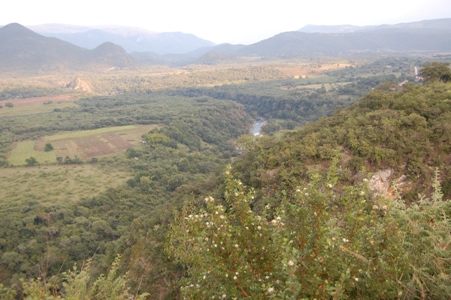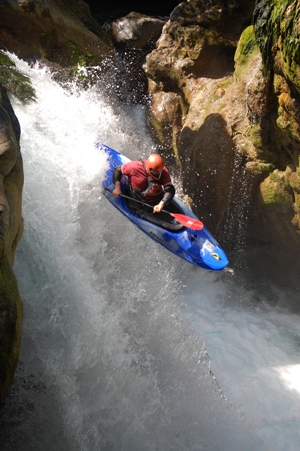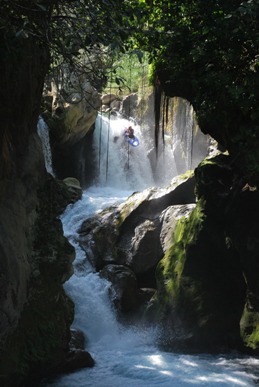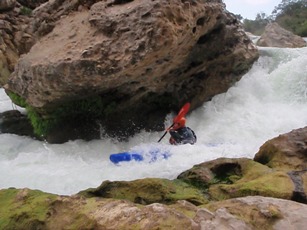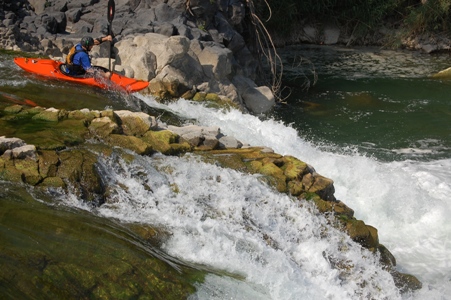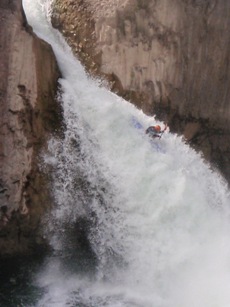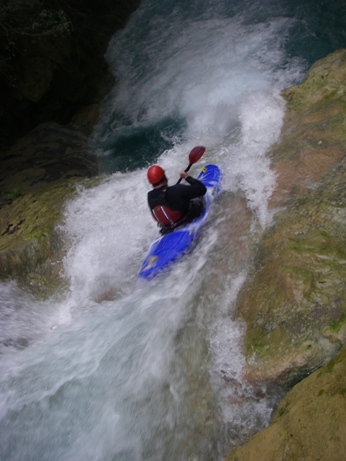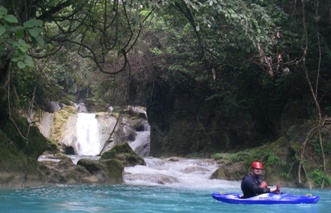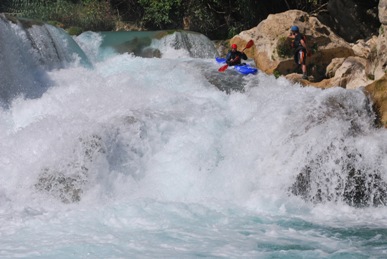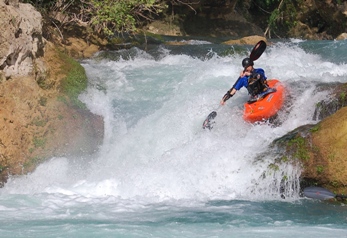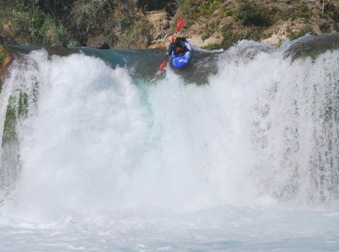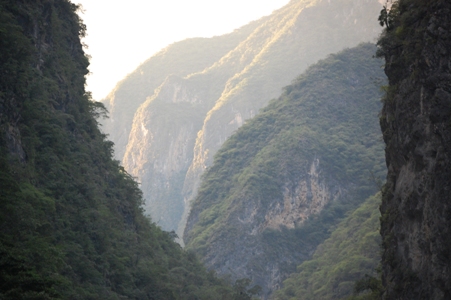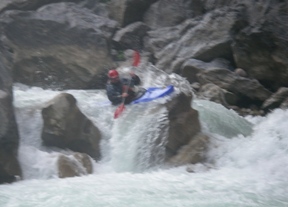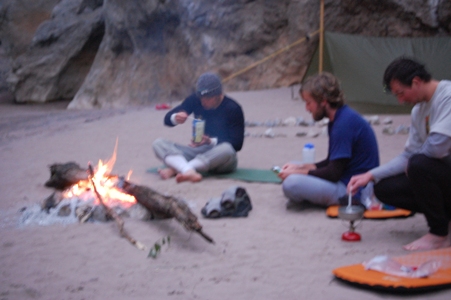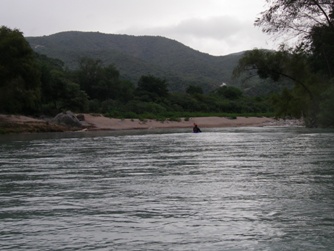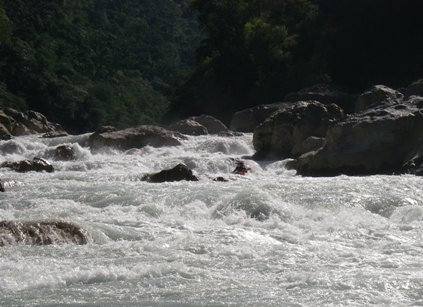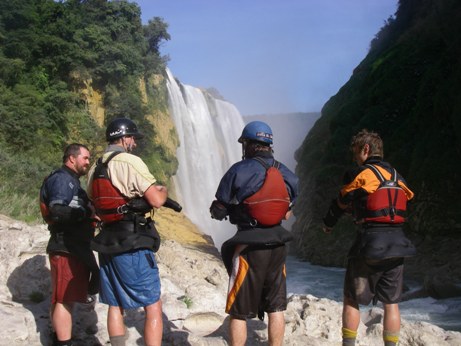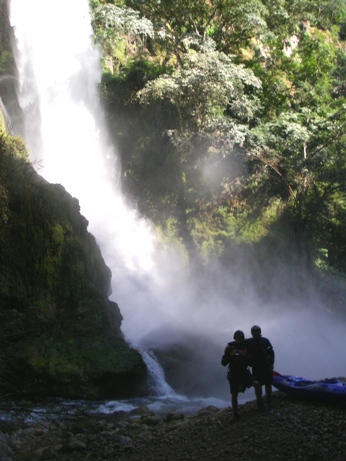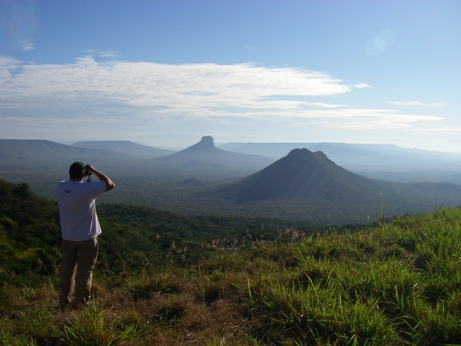Just over a day’s drive from the southeastern United States lies a tropical paradise just waiting to welcome whitewater paddlers. The rivers that drain the eastern slopes of Mexico’s Sierra Madre Mountains boast beautiful turquoise water and a seemingly endless number of rivers and creeks. From the benign to the extreme, the high concentration of waterfalls in this area of Mexico provide paddlers with more opportunity for verticality in couple of weeks than most paddlers get in a year.
Â
Â
Â
Â
Â
Â
Â
Â
Â
Â
Our sometimes forgotten neighbor to the south has a landmass larger than Alaska and California combined. Studying a map will reveal a country full of mountains, valleys, and rivers, but it is the Sierra Madre Oriental region is the area most frequently visited by paddlers from the United States. This is due mostly to the relative ease of the logistics compared to accessing the rest of the country.Â
Â
Â
Â
Â
Â
Â
Â
Â
Â
Â
Located only six hours south of Brownsville Texas and containing numerous quality runs in relatively close proximity to each other (by Mexico standards), paddlers from the United States can easily drive themselves to this region. The ability to bring vehicles means avoiding flight cost, the ability to set shuttles, and being able to bring all the necessary kayaking and camping equipment; immediately making it a more cost effective location than other warm weather paddling destinations.
Â
Â
Â
Â
Â
Â
Â
Â
Â
The paddling opportunities in and around the Sierra Madre Oriental region are mainly focused in the enormous watershed of the Rio Santa Maria. There are fifteen known runs on eight different rivers and creeks in the Rio Santa Maria watershed ranging in difficulty from class III to class V+. In November of 2008 I visited the region for the forth time in as many years. During our three week stay we completed twelve of the fifteen known runs with multiple runs on some of the area’s more classic sections.
Â
Â
Â
Â
Â
Â
Â
Â
Â
Â
Â
Â
One of many highlights of the trip was completing the first four canyons of the Rio Santa Maria. Â We combined the rarely-run first and second canyons with the (more frequently visited) third and forth canyons in a paddling marathon that covered approximately fifty-five miles in two and a half days. Â The groups efforts were intensely focused as we worked together to make downstream progress through the challenges provided by the river and the mandatory portages in the upper canyons.Â
Â
Â
Â
Â
Â
Â
We put on in the afternoon with dramatic view of the first canyon looming in the distance. The first canyon of the Rio Santa Maria cuts its way between limestone walls that reach as high as 4,000 feet in places. As we progressed downstream, more than once we found the entire canyon blocked by a pile of house-sized boulders creating river wide sieves. Not long after the second and most difficult mandatory portage, we made camp for the night on a bueatiful sandy beach, under the cliffs, and still within the confines of the first canyon.
Â
Â
Â
Â
Â
Â
Â
Â
Â
Attempting to keep a tight timeframe in an effort to meet with friends for the third and forth canyons, on day two we blazed through the rest of the first canyon, the long flats between canyons, and on through the second canyon rarely even thinking of the cameras sitting idle in our boats. Our diligence paid off with our friends finding us at our campsite on the morning of the third day and joining us for the final thirteen mile journey to the take-out at Cascada de Tamul.
Â
There were three of us that remained in the region for three weeks as a revolving cast of paddlers came and went around us. In addition to the two sections we completed on the Rio Santa Maria itself, we also completed three different sections of the Rio Valles, the Rio Minas Viejas, the Rio Frio, the Lower Rio San Nicolas, the Rio Gallines, the first two canyons of the Rio Verde, and the Cascada de Puente de Dios on the Rio Tamasopo. In the end, even our group of three was separated as two of us dropped the third off at the bus to begin her nine hour bus ride to Mexico City, while we departed for the twenty seven hour drive back to Alabama.
Â
Â
Abundant flows, big drops, and sometimes challenging logistics are all part of what make the annual pilgrimage to Mexico an adventure for whitewater paddlers. Every winter motivated paddlers from the United States and around the world make there way south in search of warmer weather and quality whitewater. Although river exploration in Mexico is nothing new, numerous first descents continue to happen every year. The sheer remoteness and inaccessibility of much of the country keeps many rivers and sometimes whole watersheds shrouded in mystery; just waiting for someone to lift the veil.
Until Next Time…
-adam goshorn
Â
Â
Â
Â




